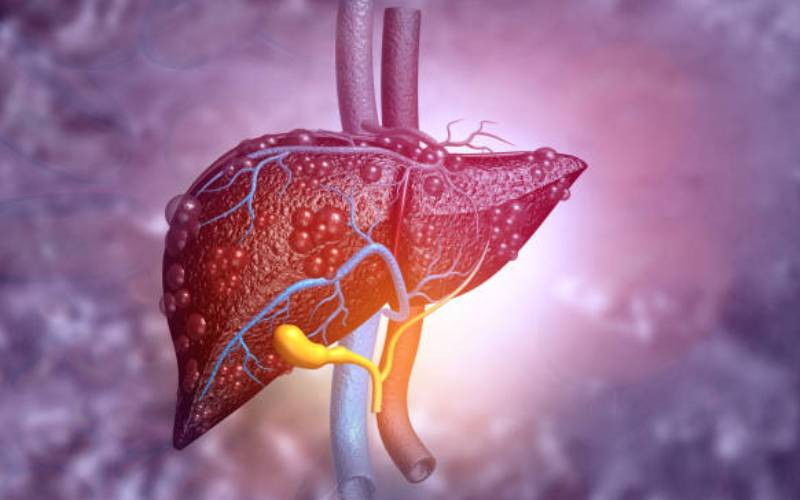
Hepatitis is an inflammation of the liver, a vital organ that processes nutrients, filters the blood and fights infections. When the liver is inflamed, or damaged, its functions can be affected.
Hepatitis is commonly caused by a viral infection, but toxins, certain drugs, alcoholism and bacterial infections can also cause hepatitis.
Chronic Hepatitis B can develop into a serious disease resulting in long-term health problems, including liver damage, liver failure, liver cancer and even death.
Every 30 seconds, someone dies from a viral hepatitis-related illness. More than 350 million people live with viral hepatitis and nine in ten people are unaware of their diagnosis.
Viral hepatitis types A, B, C, D and E can cause infection and subsequent liver inflammation that can lead to serious diseases, including the aforementioned liver cancer or death.
People who contract Hepatitis A and E most recover with supportive care.
In the case of the B, C and D viruses, the infection can become chronic and some patients may die of liver cancer or cirrhosis, but if the infection is detected in time, it can be treated.
Patients with the hepatitis C virus can recover completely. There are vaccines that protect against viral hepatitis A, B, D and E. HAV and HEV are transmitted fecal oral - water and food.
Viral hepatitis A and E are often transmitted through unsafe water, contaminated food, and poor sanitation.
HBV and HDV is mainly MTC transmission, bloodborne -body fluids, including sexually HCV blood borne - transfusions, injections
The Hepatitis B virus is ten times more infectious than HIV because of high very viral levels in blood.
Only patients with chronic Hepatitis B and liver injury need to be treated. However, all patients with chronic Hepatitis B need to be followed up for life because of the risk of liver damage and liver cancer. Chronic Hepatitis B treatment is for life.
A pregnant woman with Hepatitis B can transmit the virus to her child during birth-and giving Hepatitis B vaccine to newborns in the first 24 hours is the most effective protection.
Mothers with very high viral levels may be given drugs for Hepatitis B as vaccine alone may not be sufficient in preventing mother to child transmission.
Viral Hepatitis B, C, and D can be transmitted through an infected person's body fluids. People who inject drugs have a high risk of infection as sometimes they share syringes. It is thus not advisable to share razors, syringes or unsterilized instruments used for tattooing or piercing.
Before the 1990s, blood transfusions were not screened to detect viral Hepatitis. This means those aged over 40 should have a blood test for virus as are people who got blood transfusion in countries which don't screen for viral Hepatitis.
The Hepatitis C virus can remain in a person's blood for up to 20 years without apparent symptoms, until it causes inflammation and damage to the liver, which can develop into chronic Hepatitis, cirrhosis or liver cancer. But good news is, Hepatitis C can be cured with effective medicines and full recovery in three months.
What worsens liver damage due to viral Hepatitis includes alcohol use, non-alcoholic liver disease, herbal remedies, toxins (aflatoxins), certain medications, infections and diseases like HIV, cancer and schistosomiasis.
A healthy diet is recommended for adults: Breakfast, lunch and supper should comprise: 50 percent vegetables and fruits, 25 percent animal and plant proteins, 24 percent carbohydrates and less than one percent healthy fats besides drinking water and fluids- about two and a half to three litres for adults daily.
-The writer is a Consultant Gastroenterologist, Aga Khan University Hospital
 The Standard Group Plc is a multi-media organization with investments in media
platforms spanning newspaper print
operations, television, radio broadcasting, digital and online services. The
Standard Group is recognized as a
leading multi-media house in Kenya with a key influence in matters of national and
international interest.
The Standard Group Plc is a multi-media organization with investments in media
platforms spanning newspaper print
operations, television, radio broadcasting, digital and online services. The
Standard Group is recognized as a
leading multi-media house in Kenya with a key influence in matters of national and
international interest.
